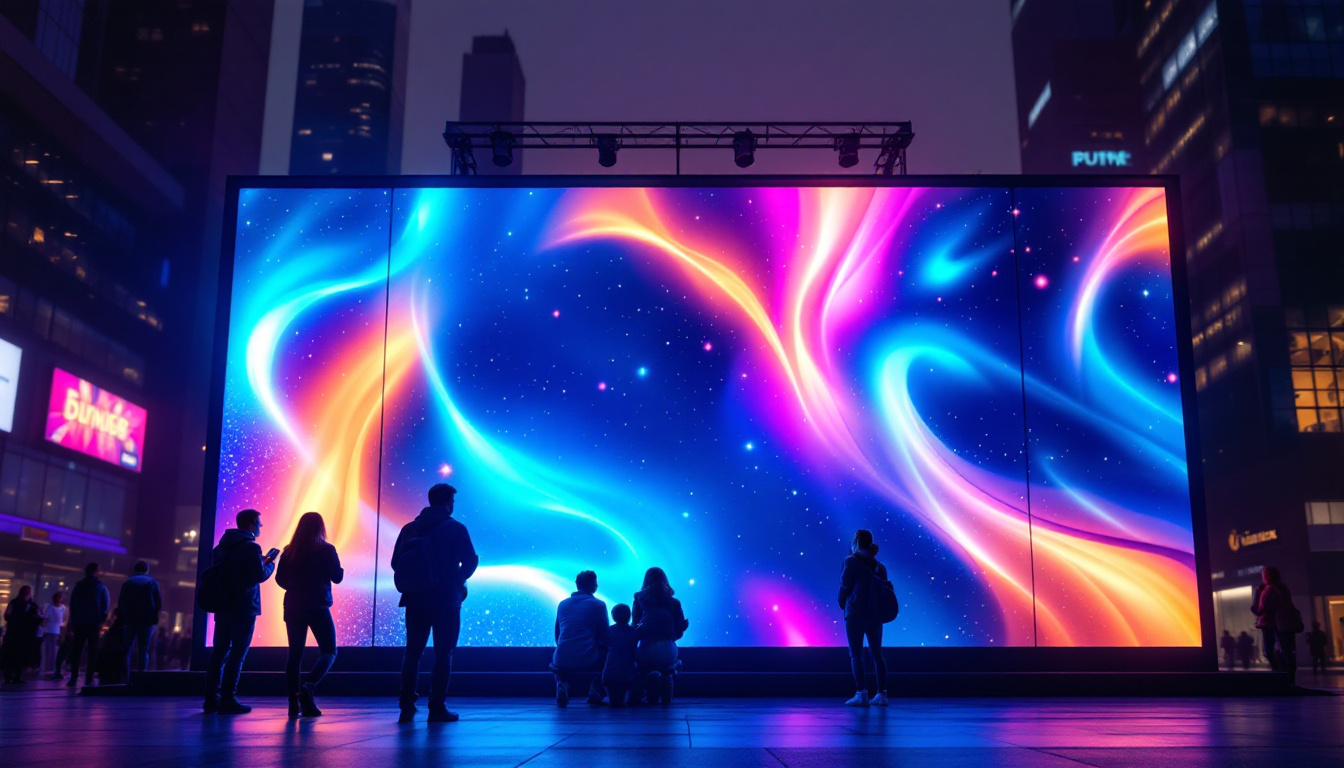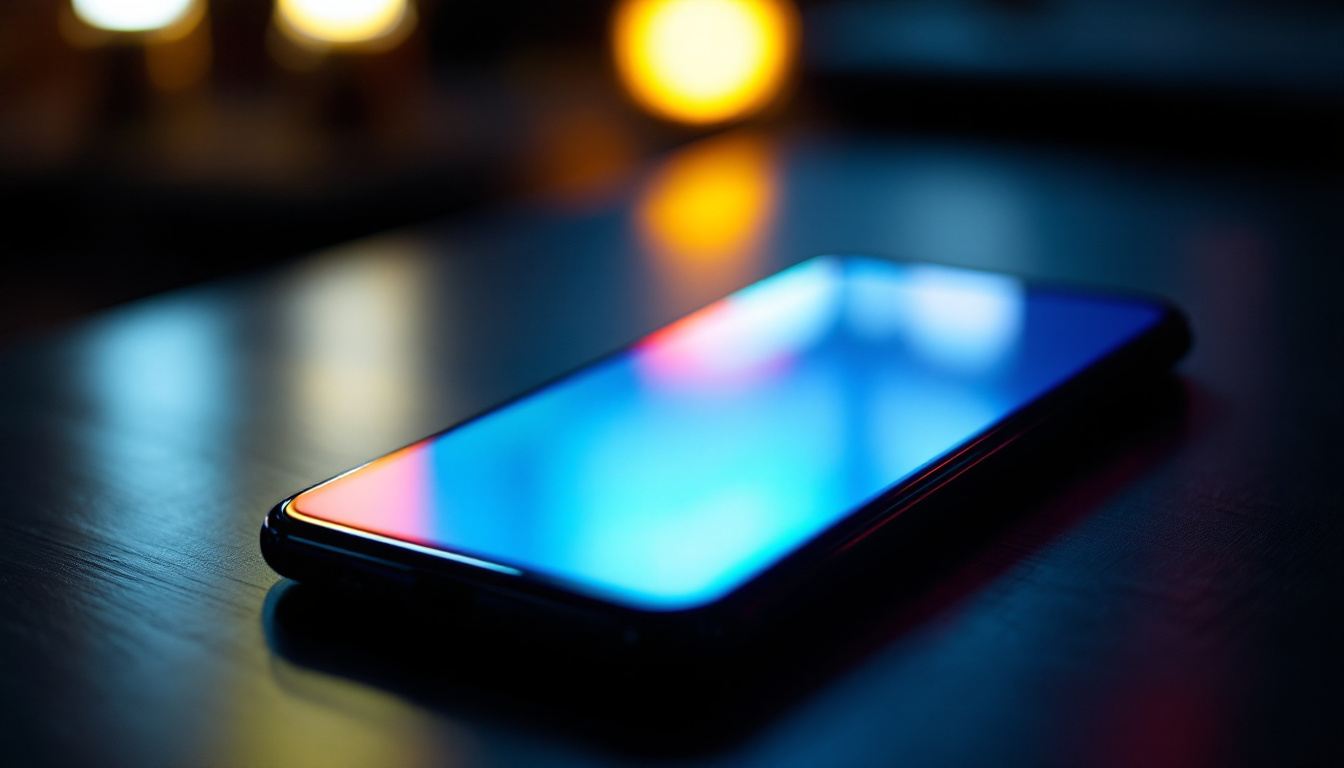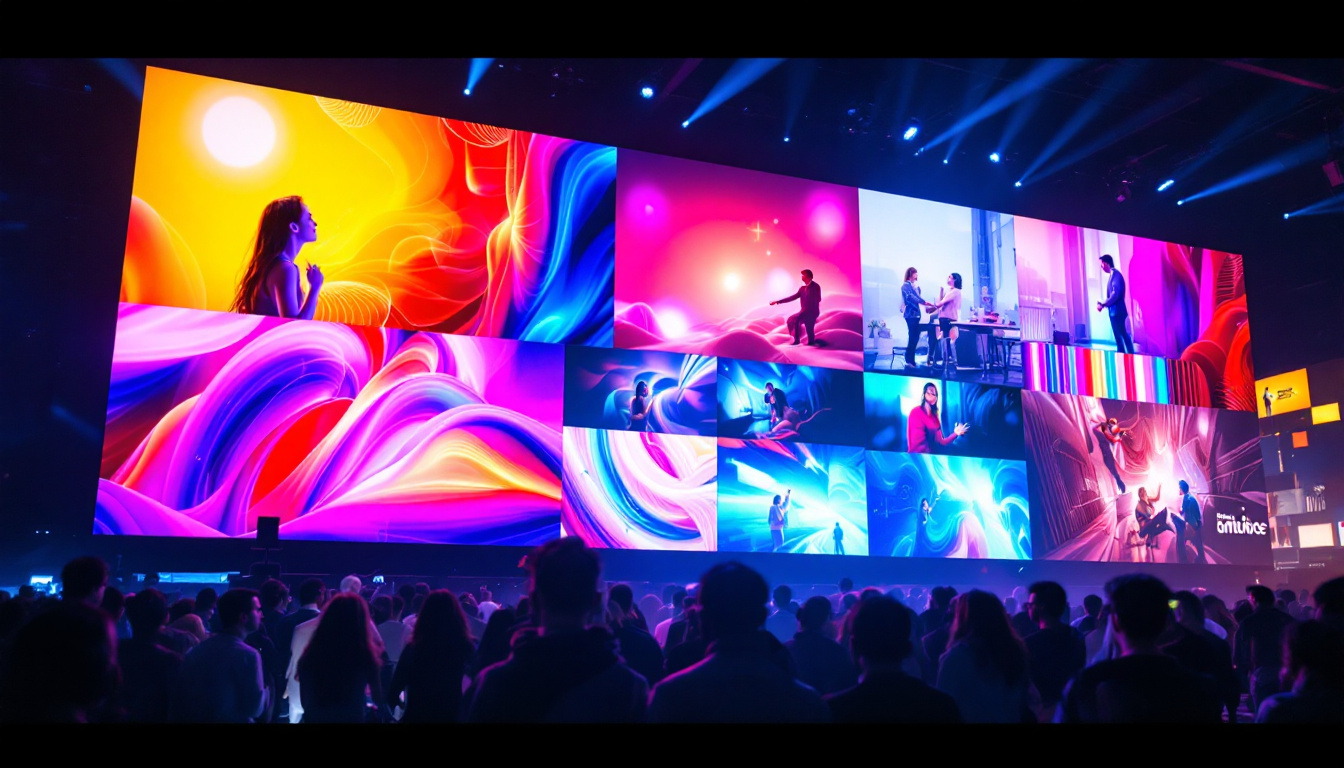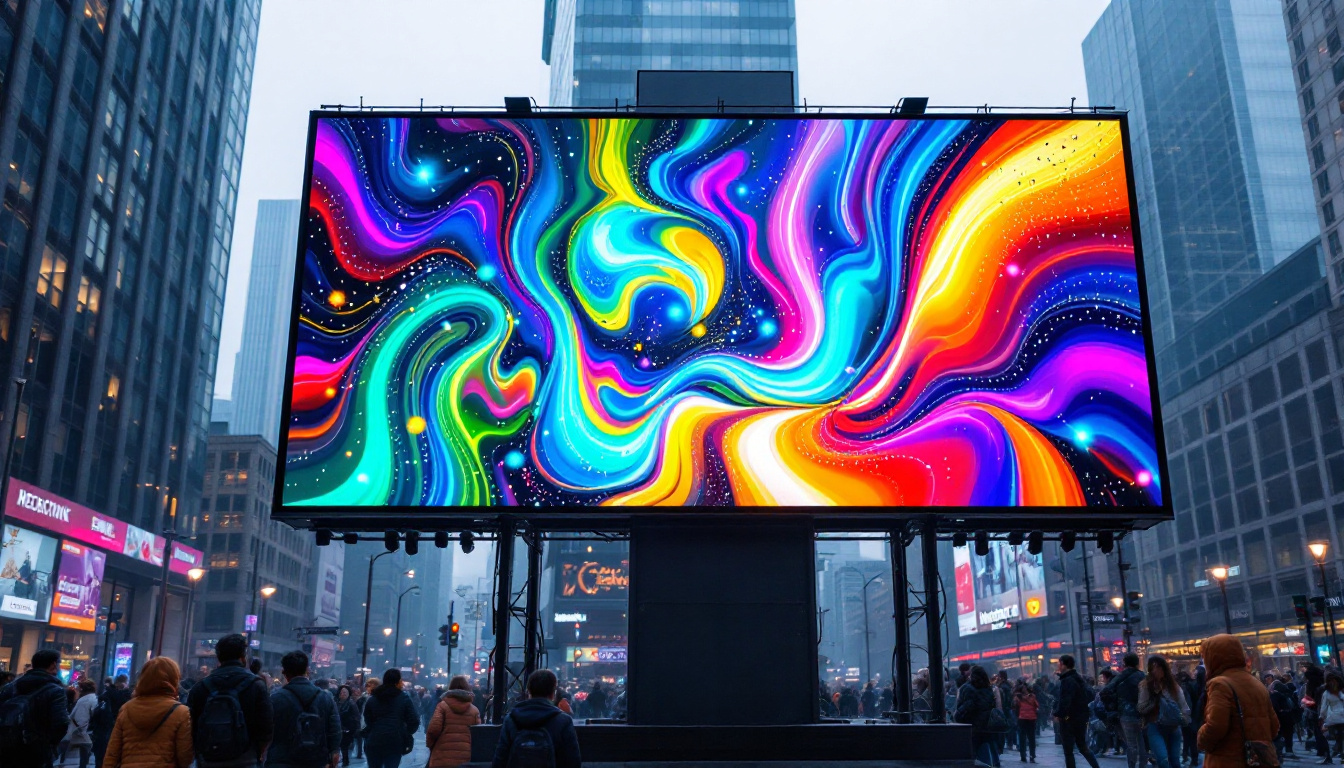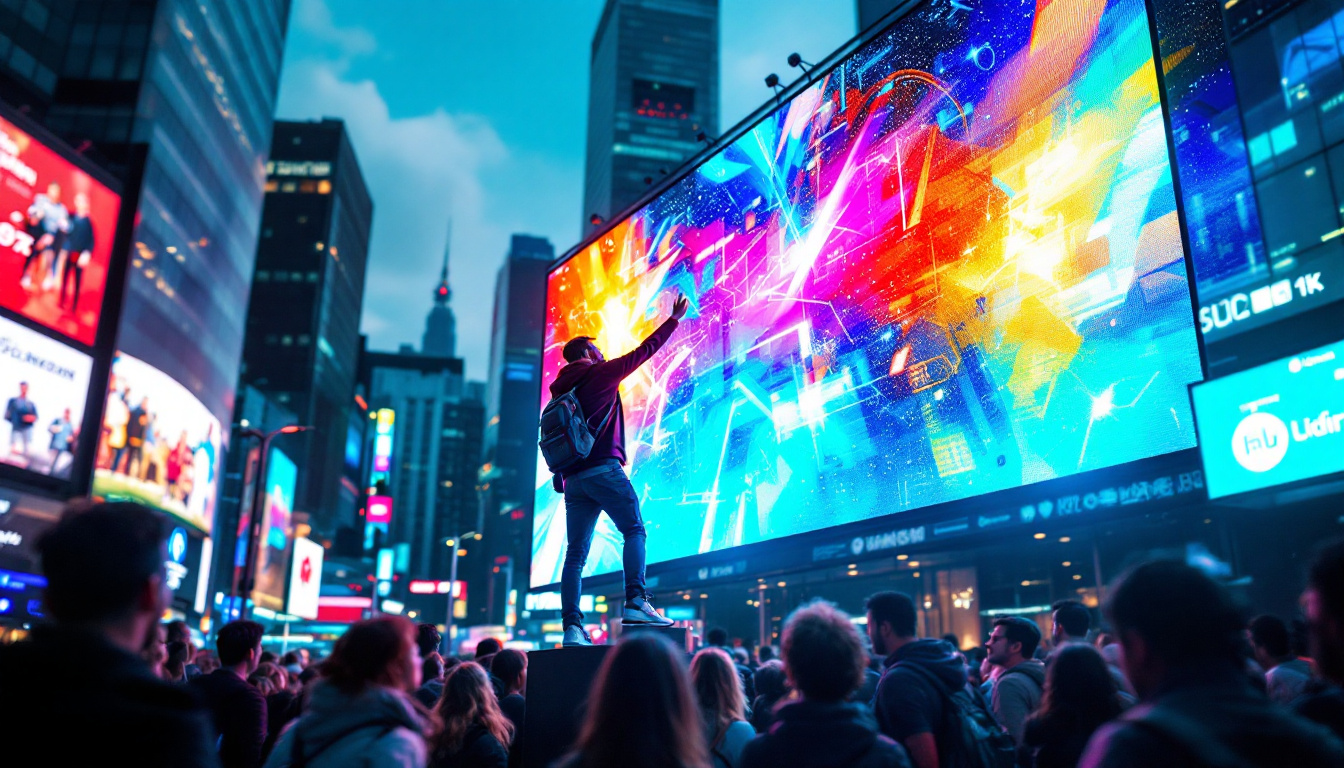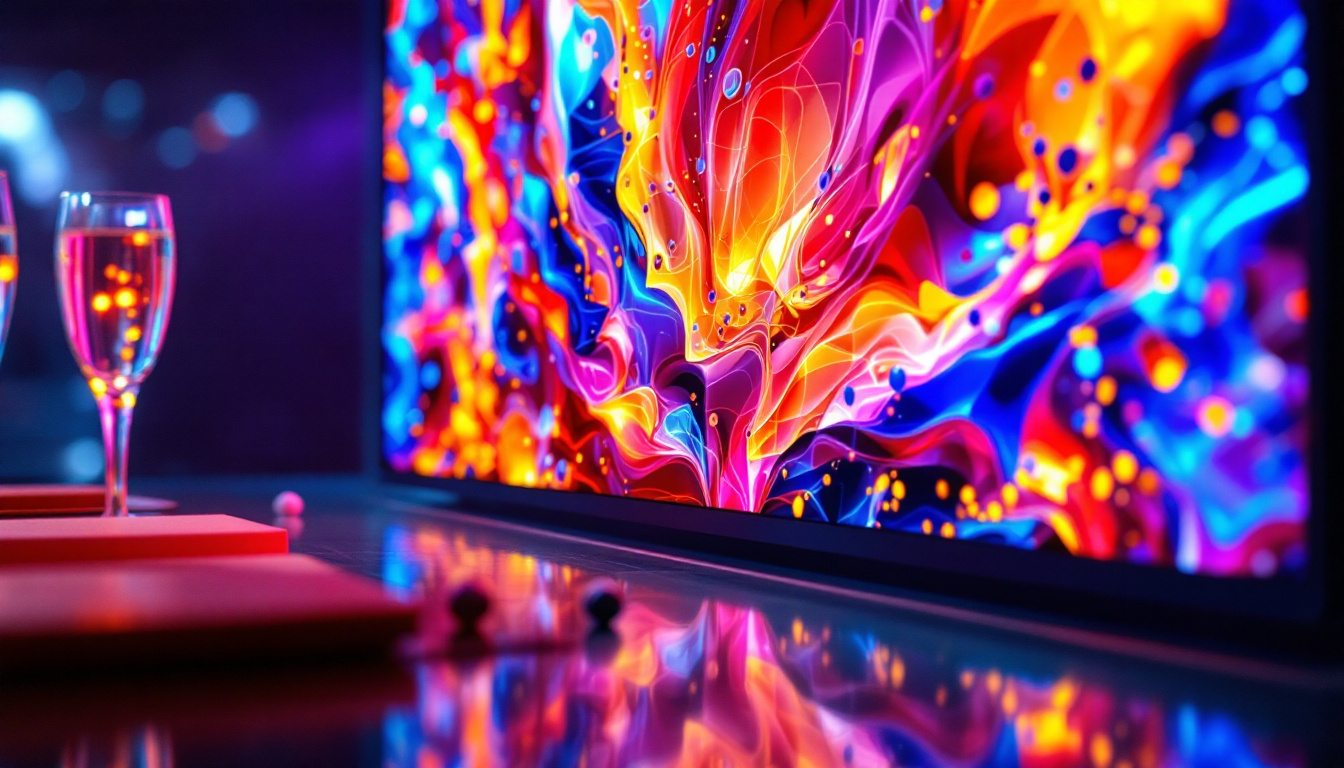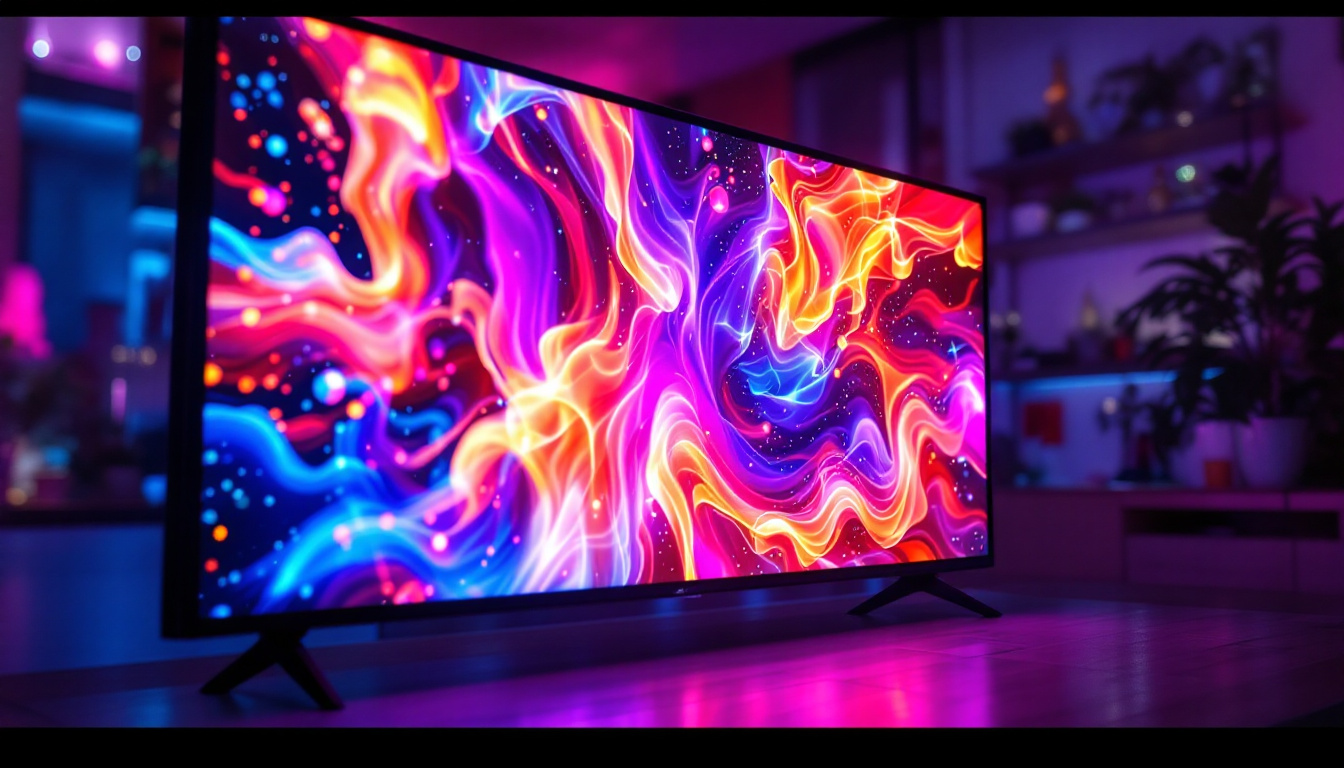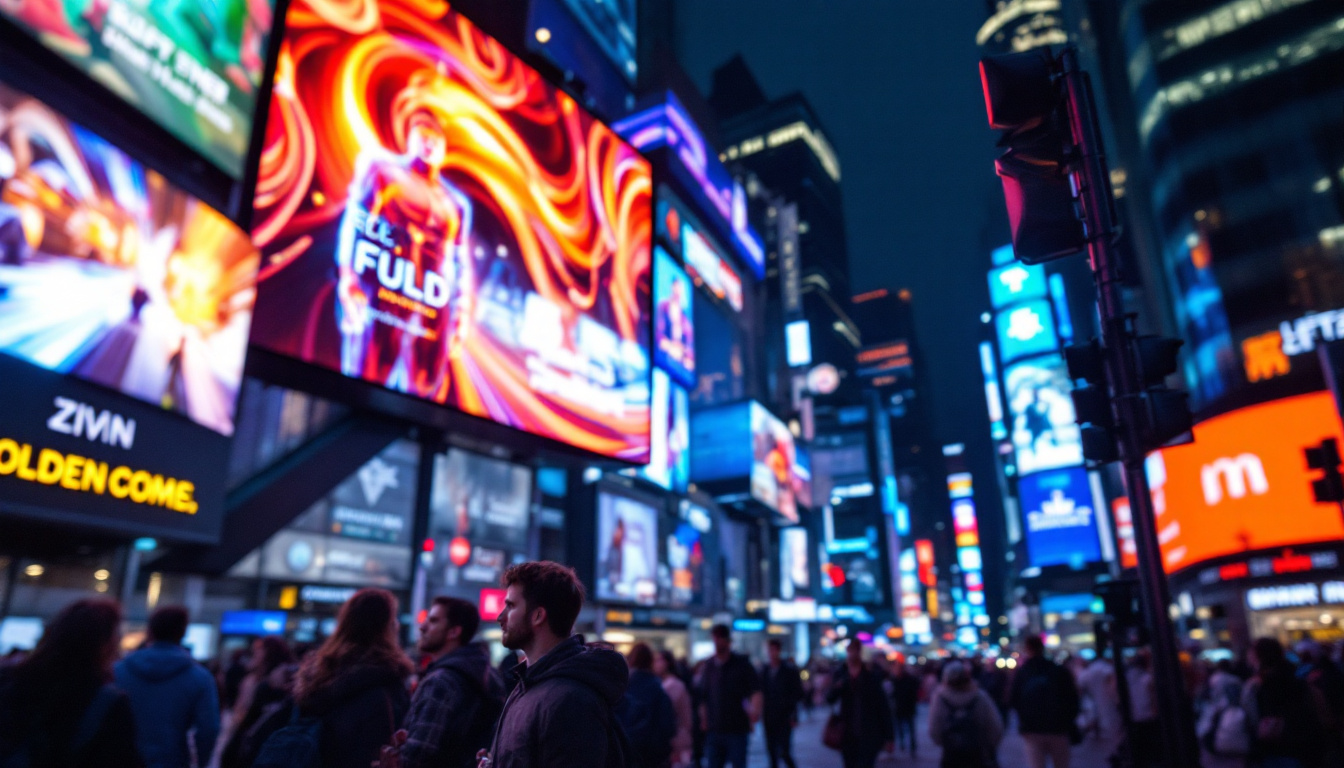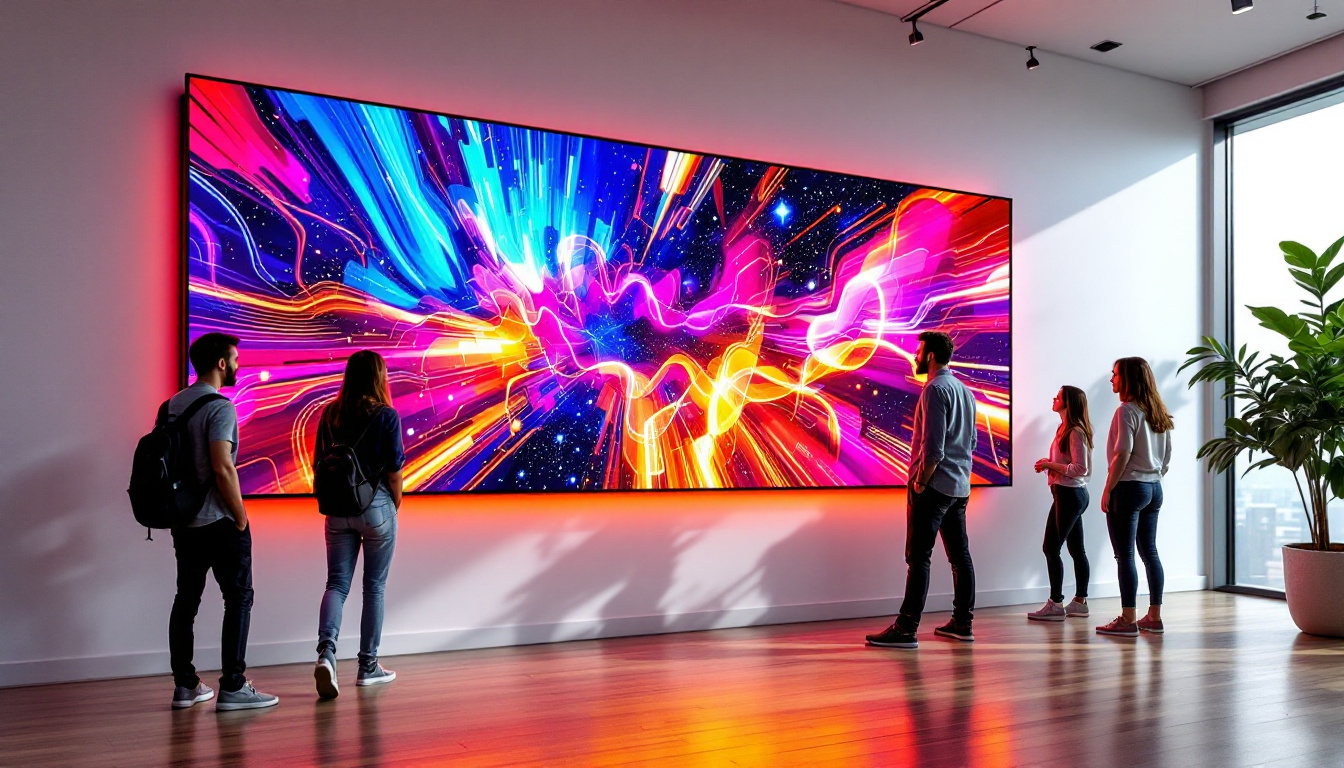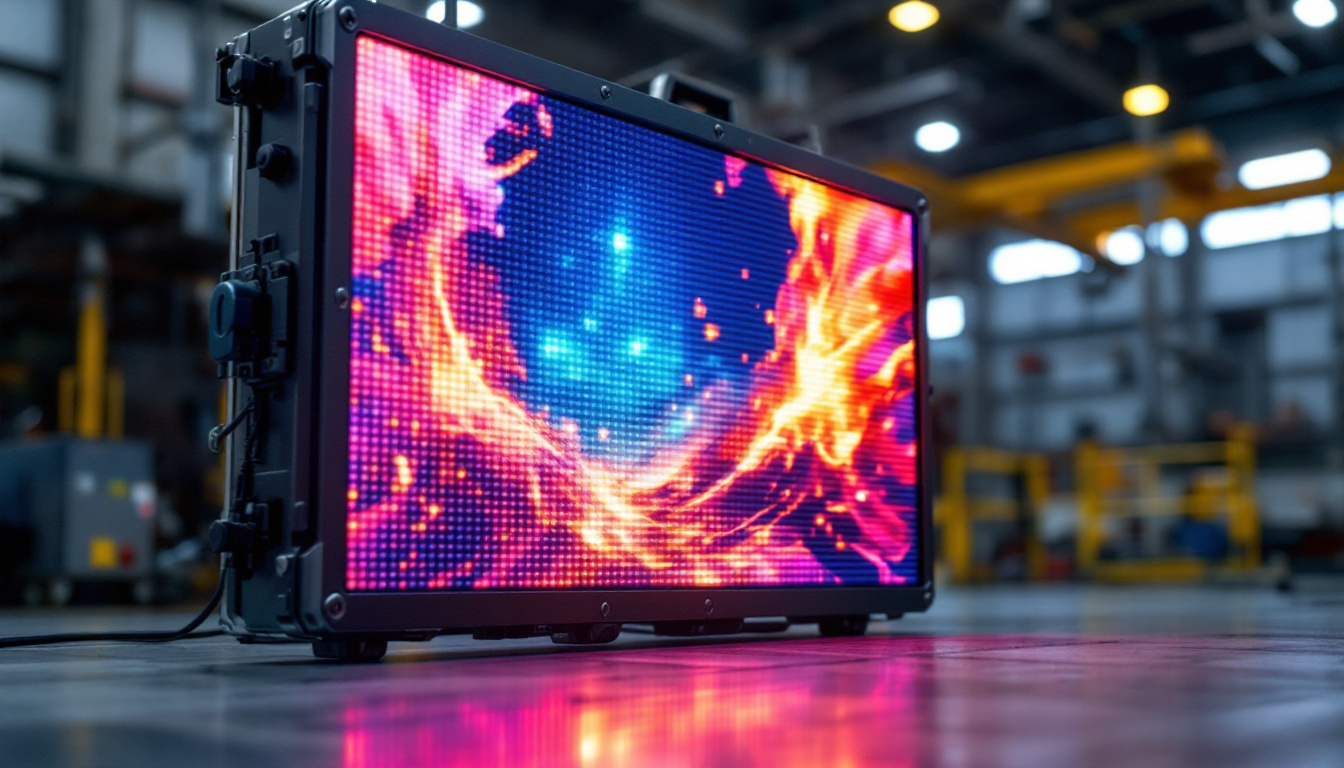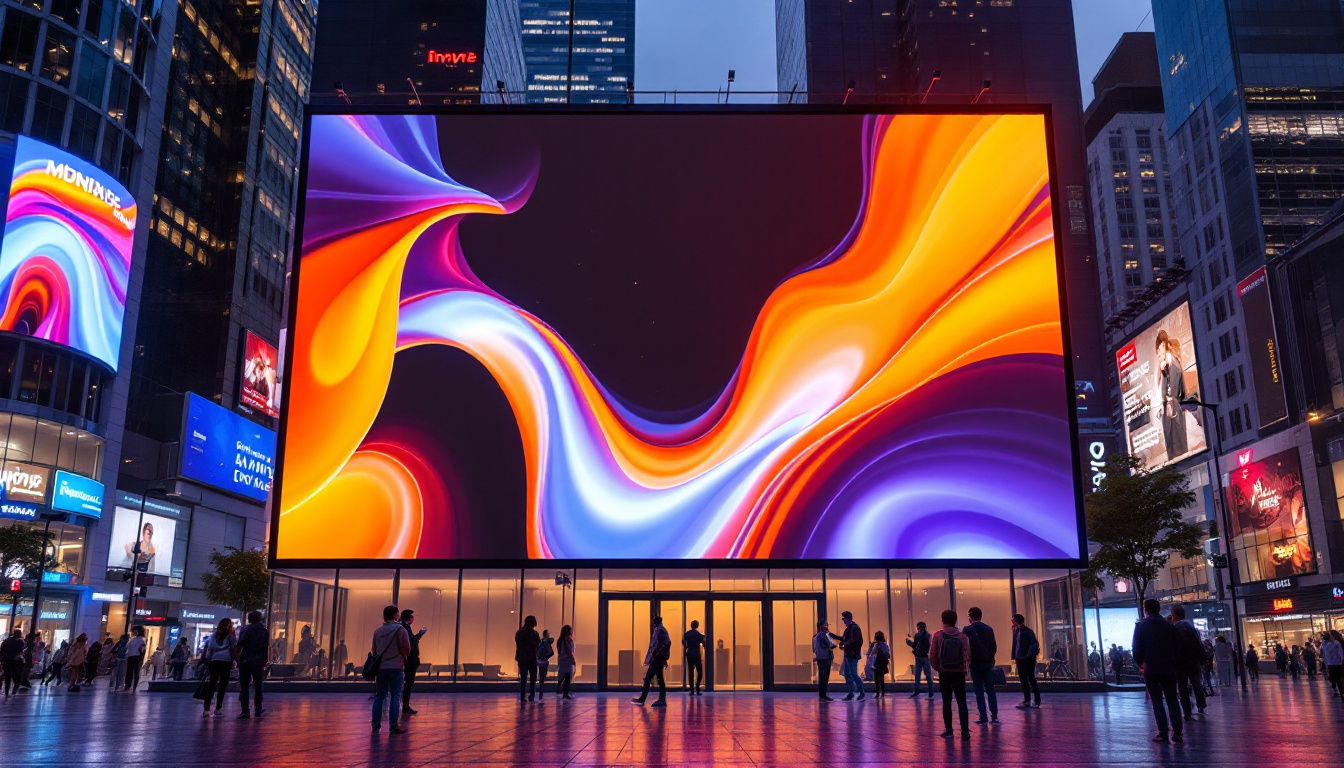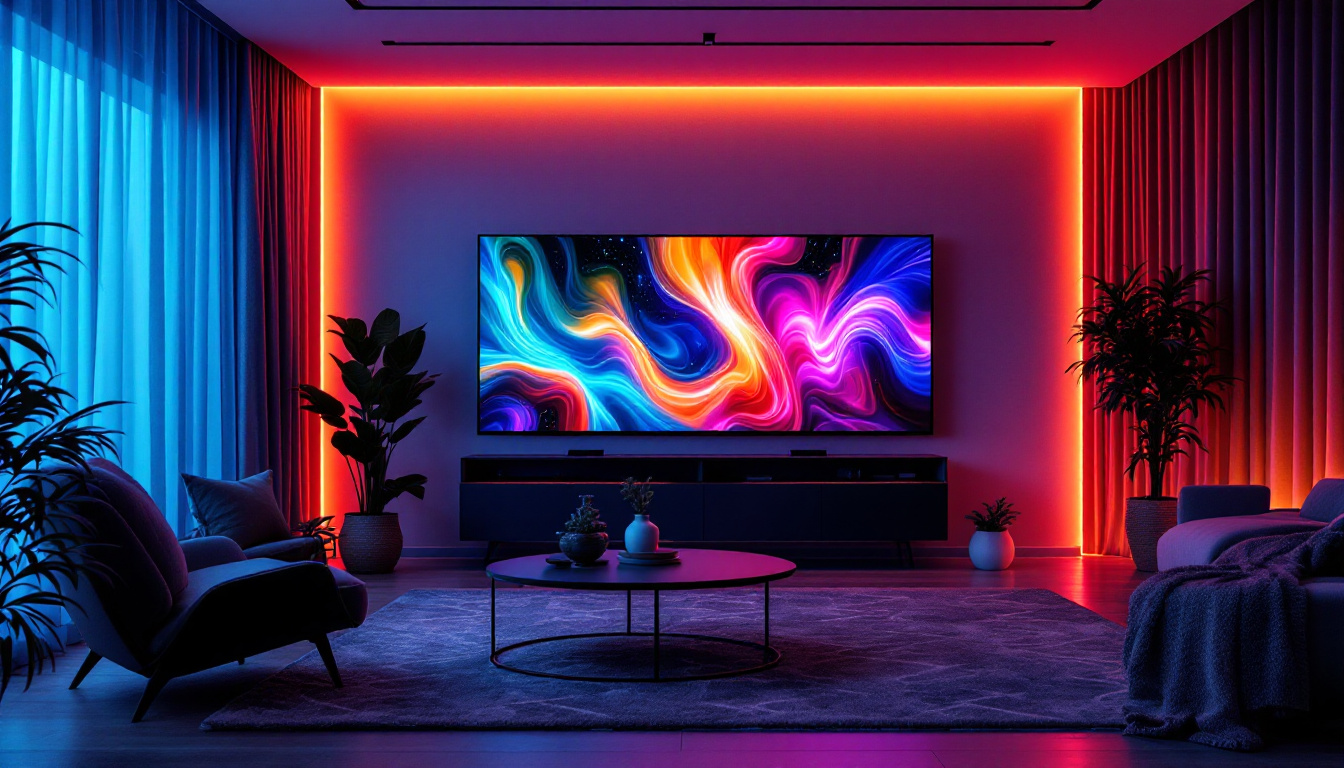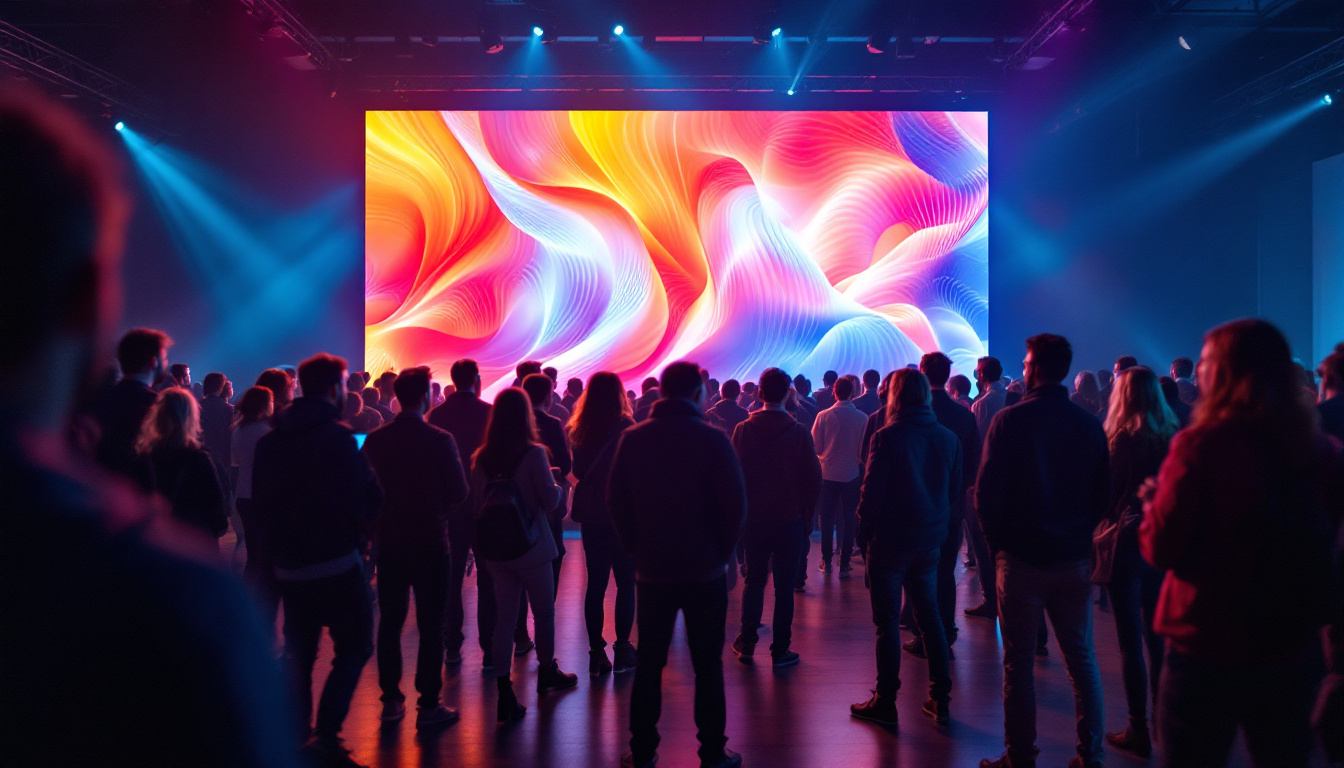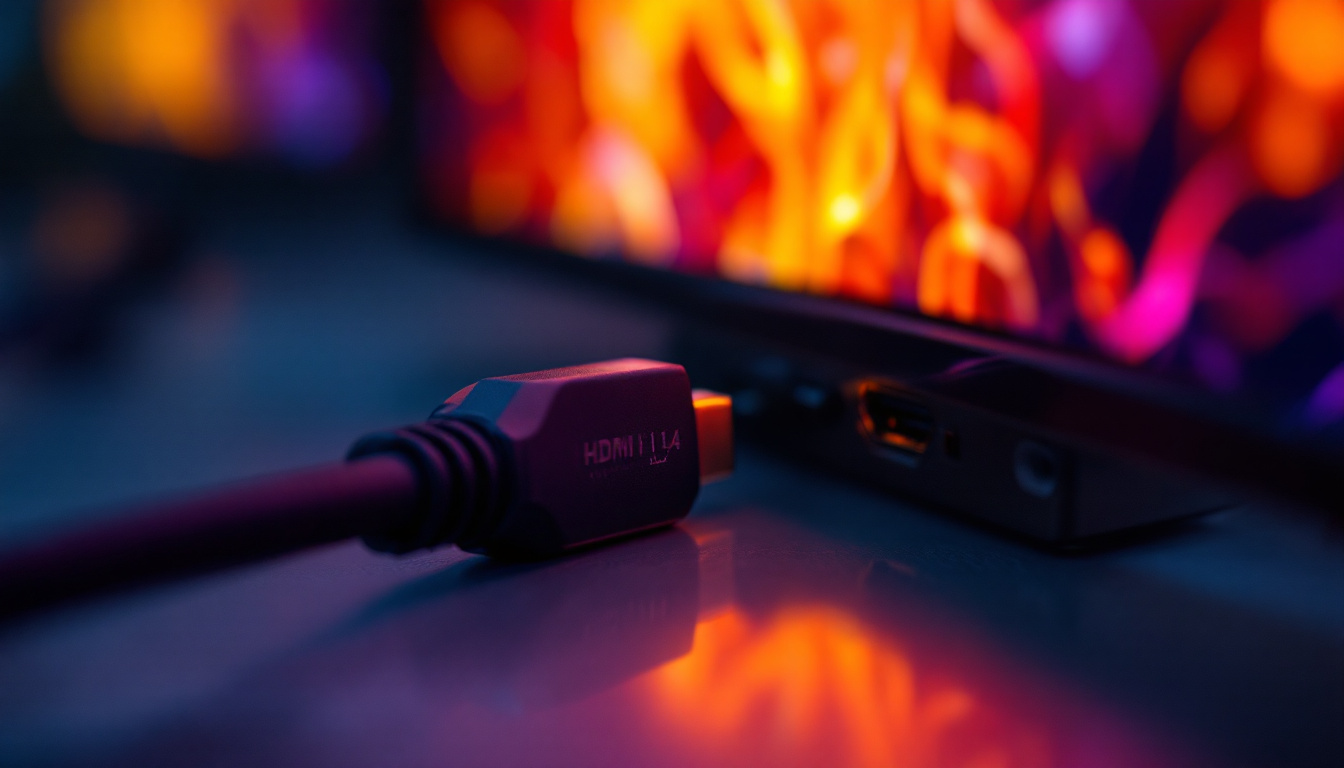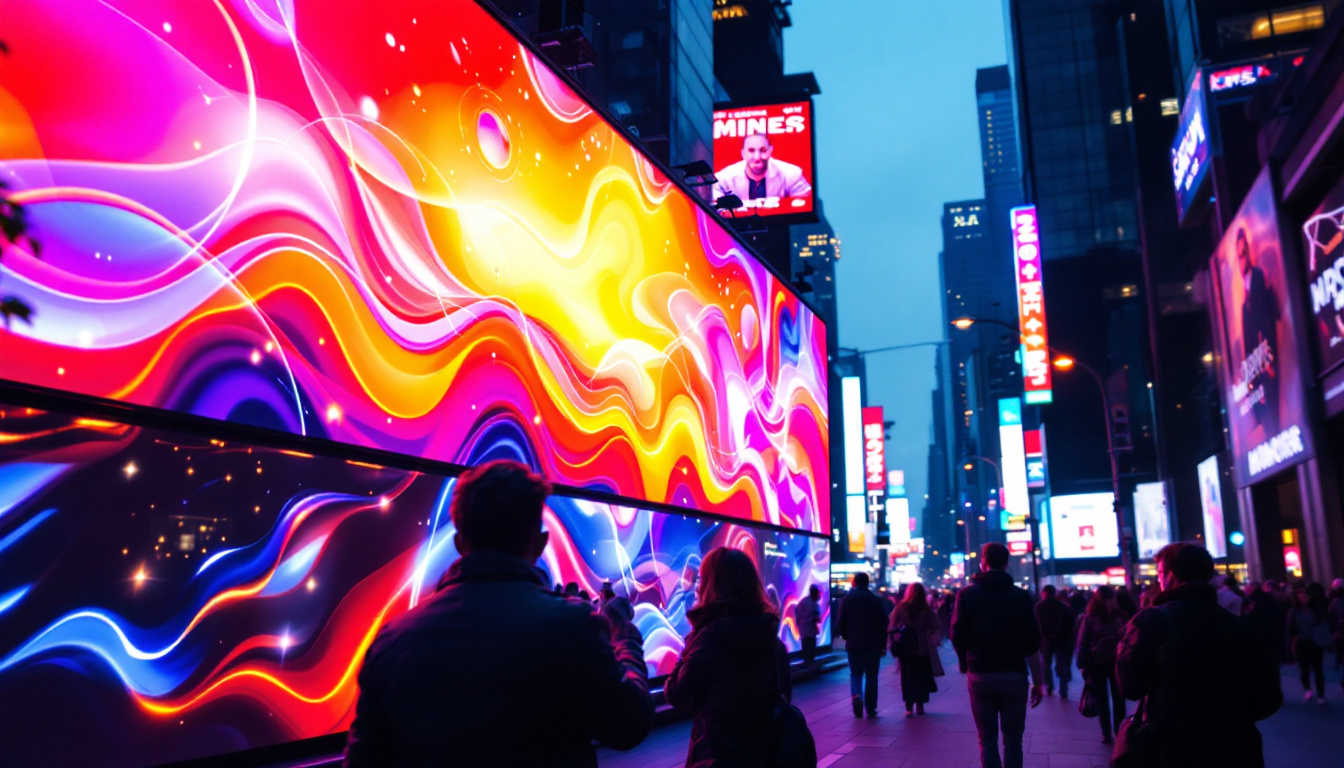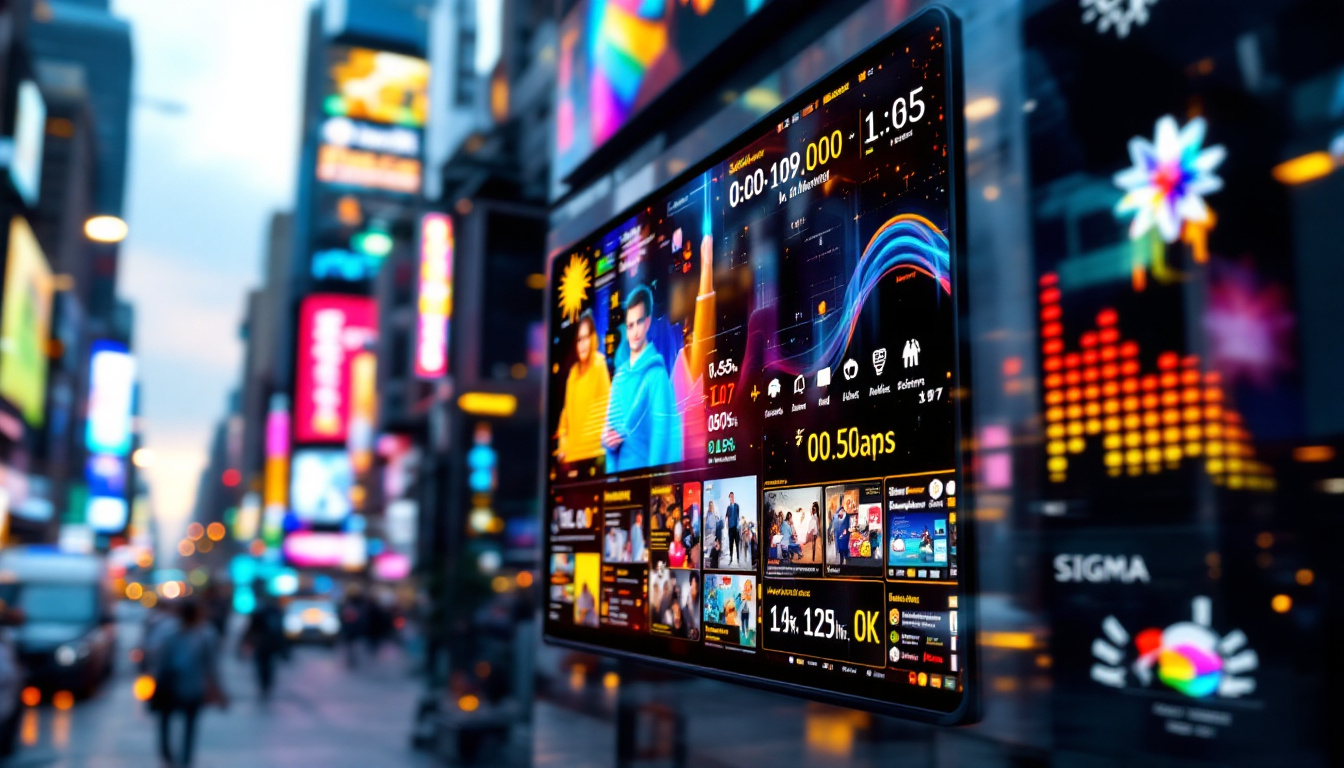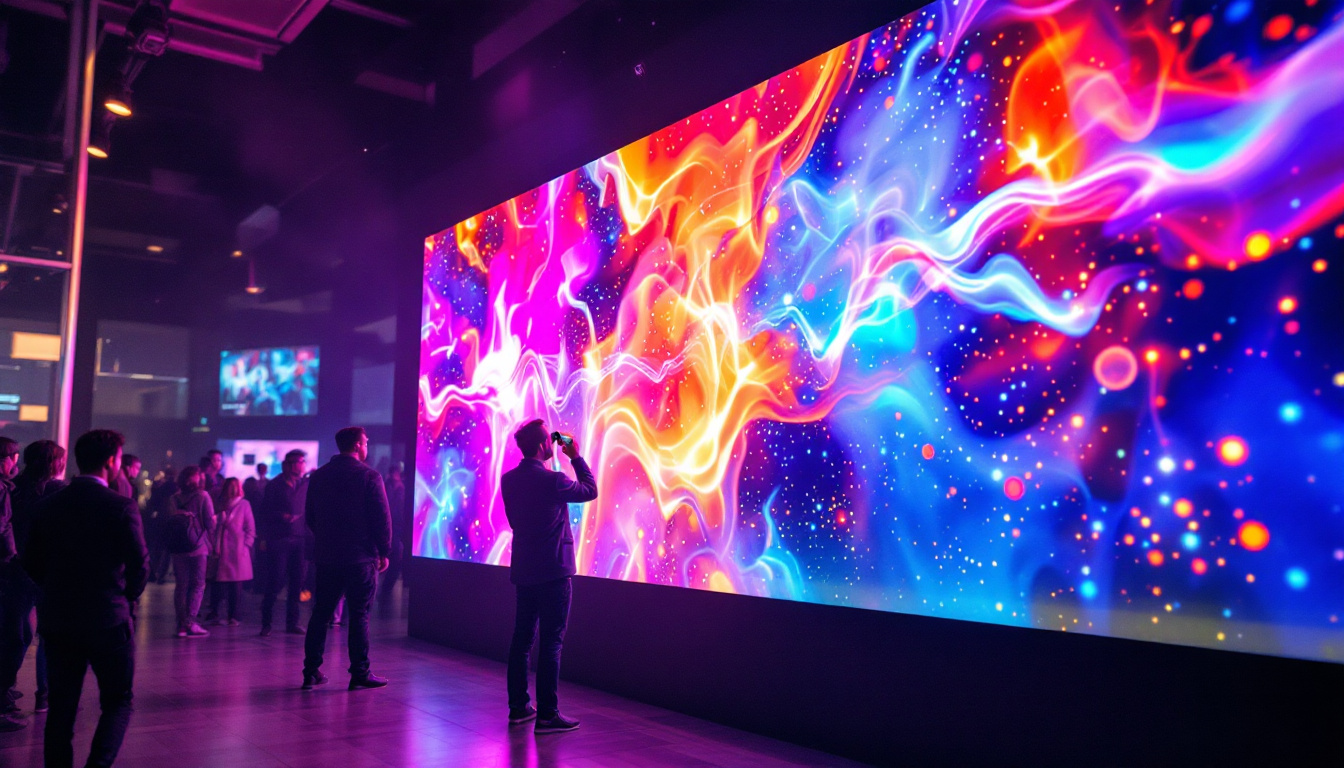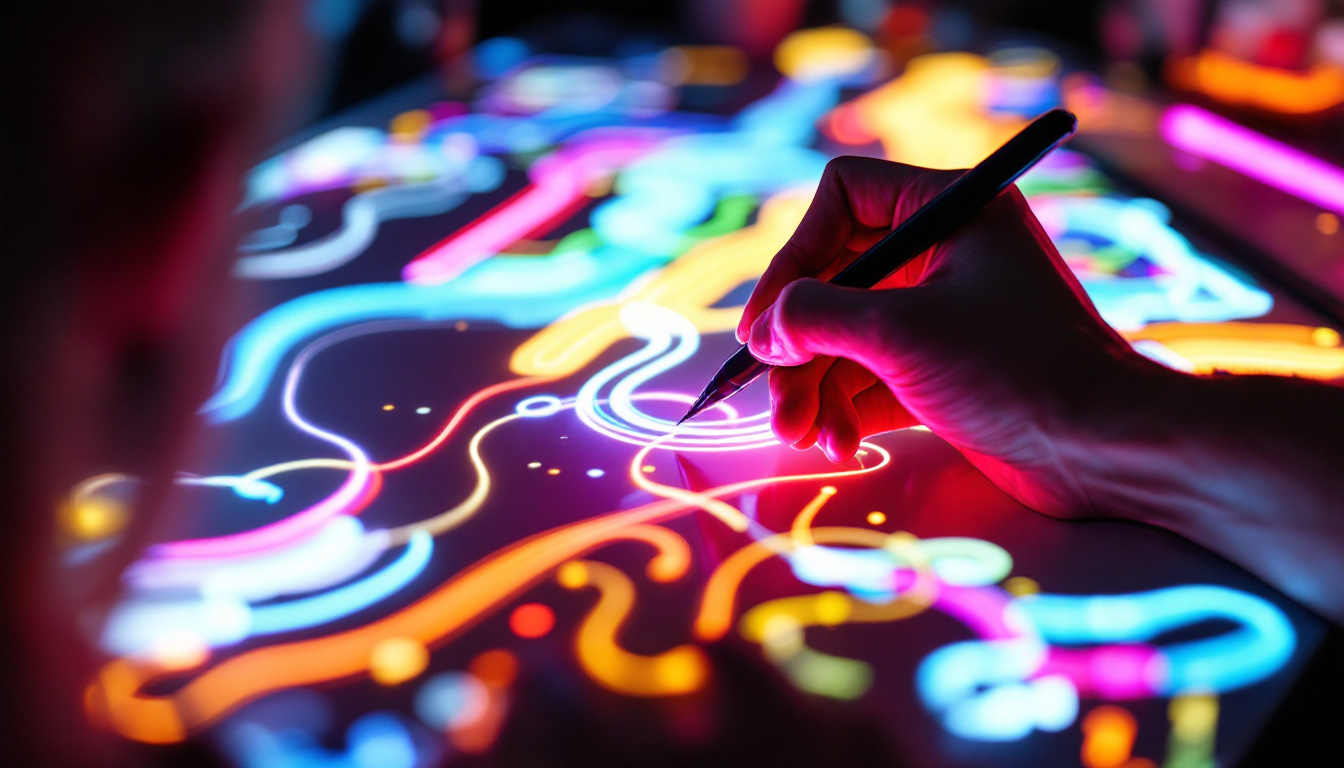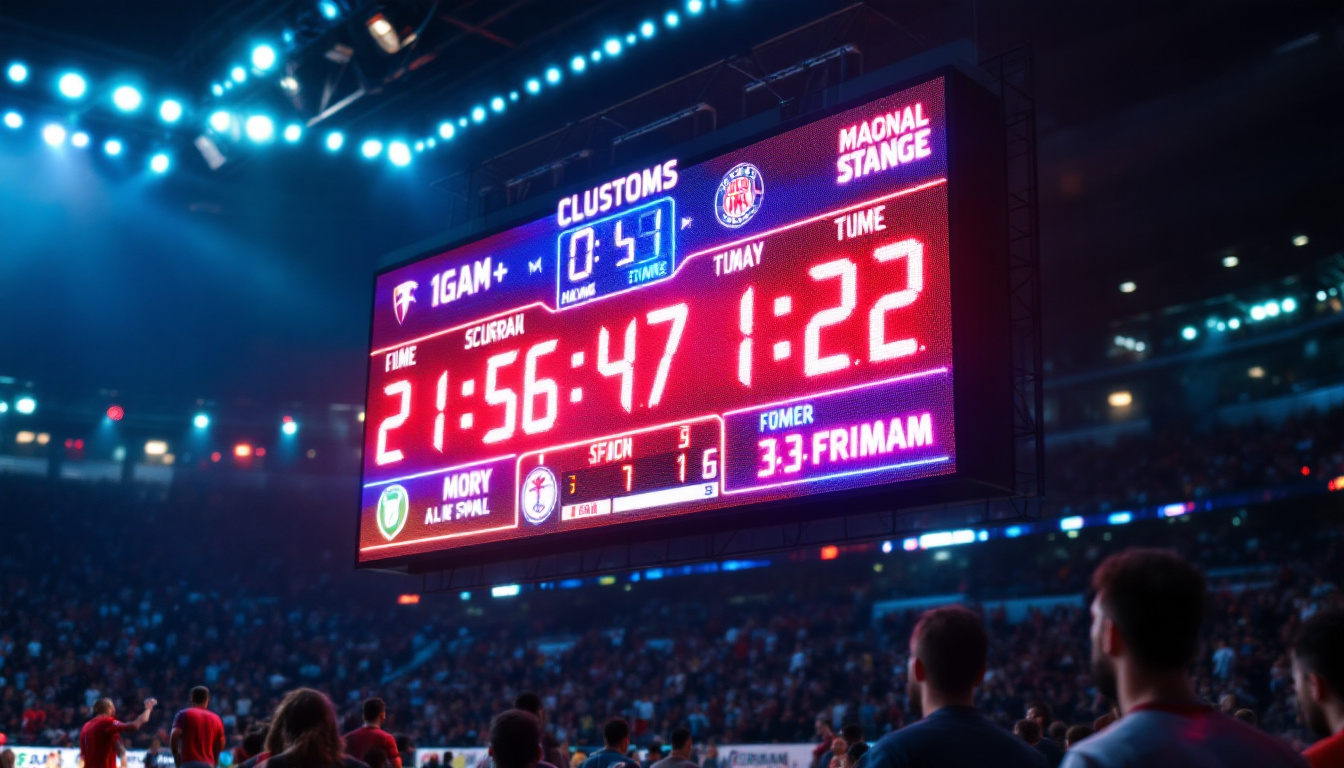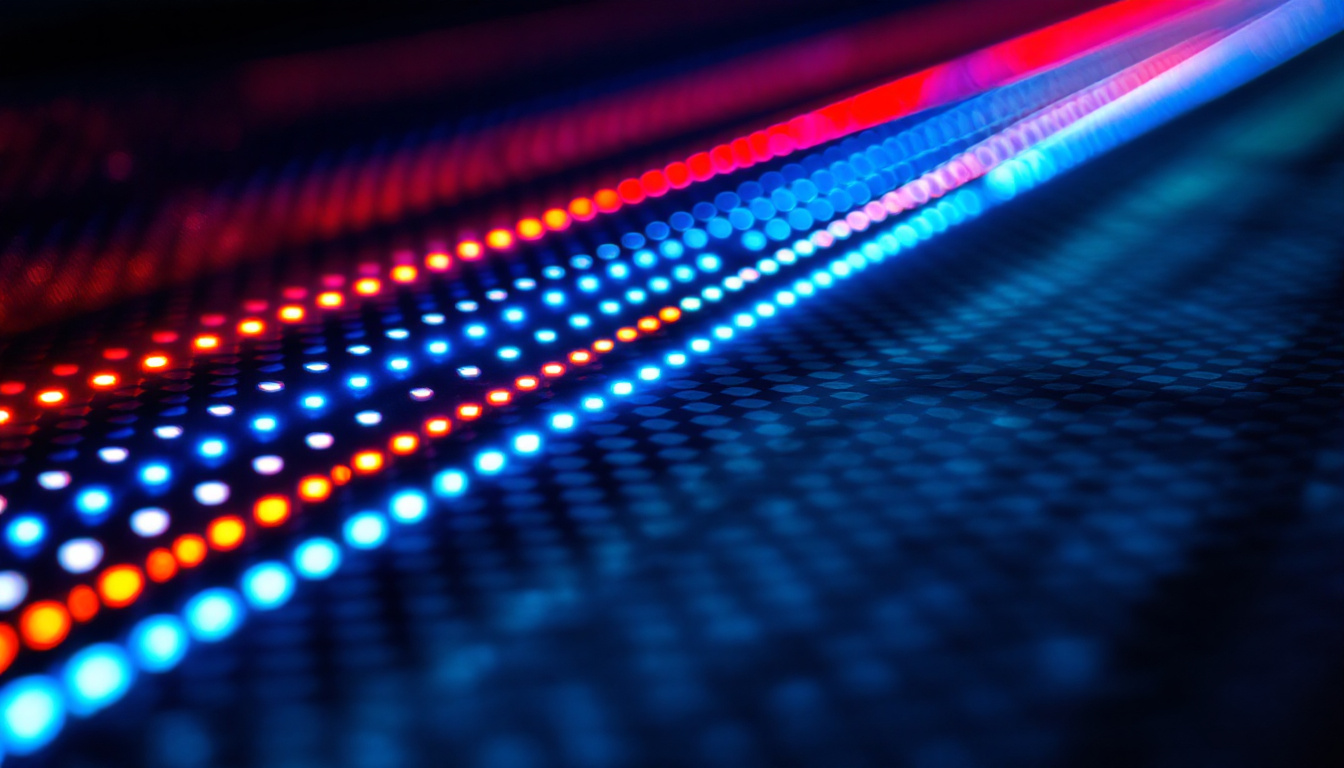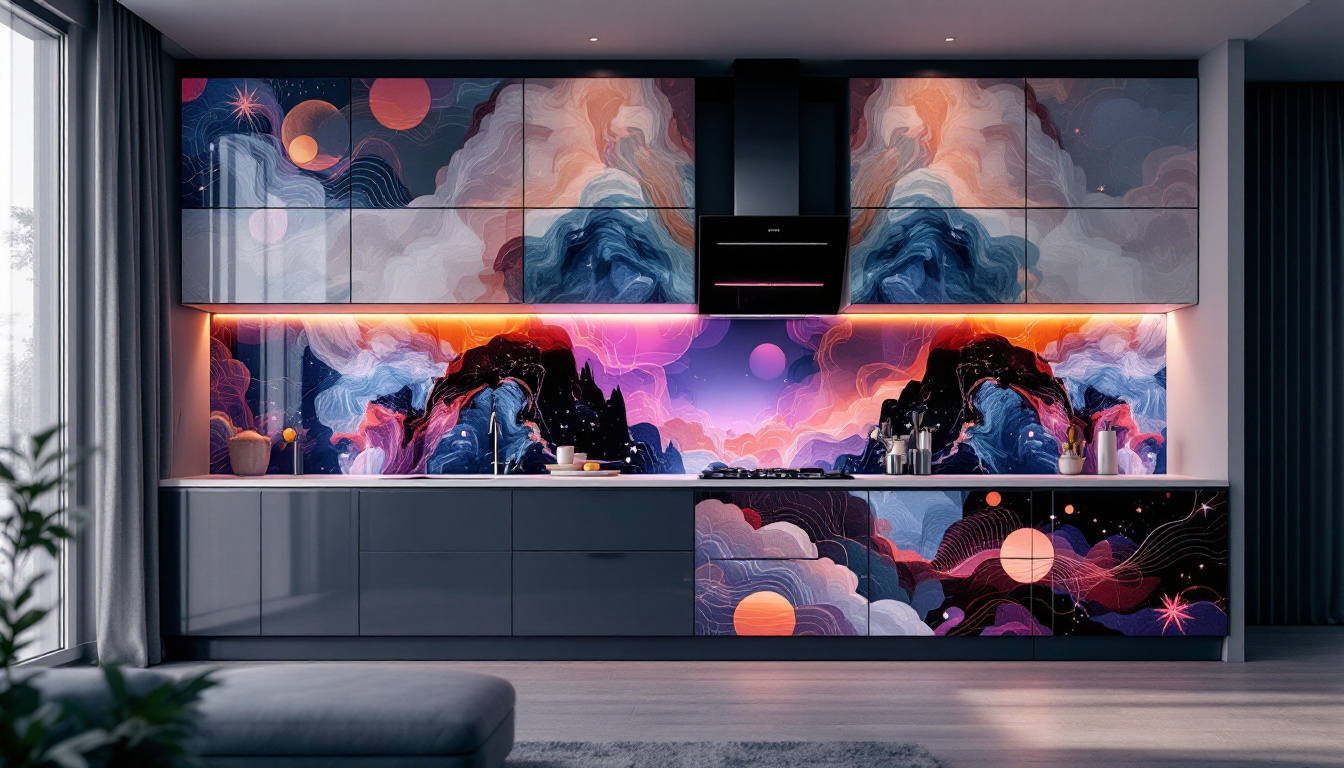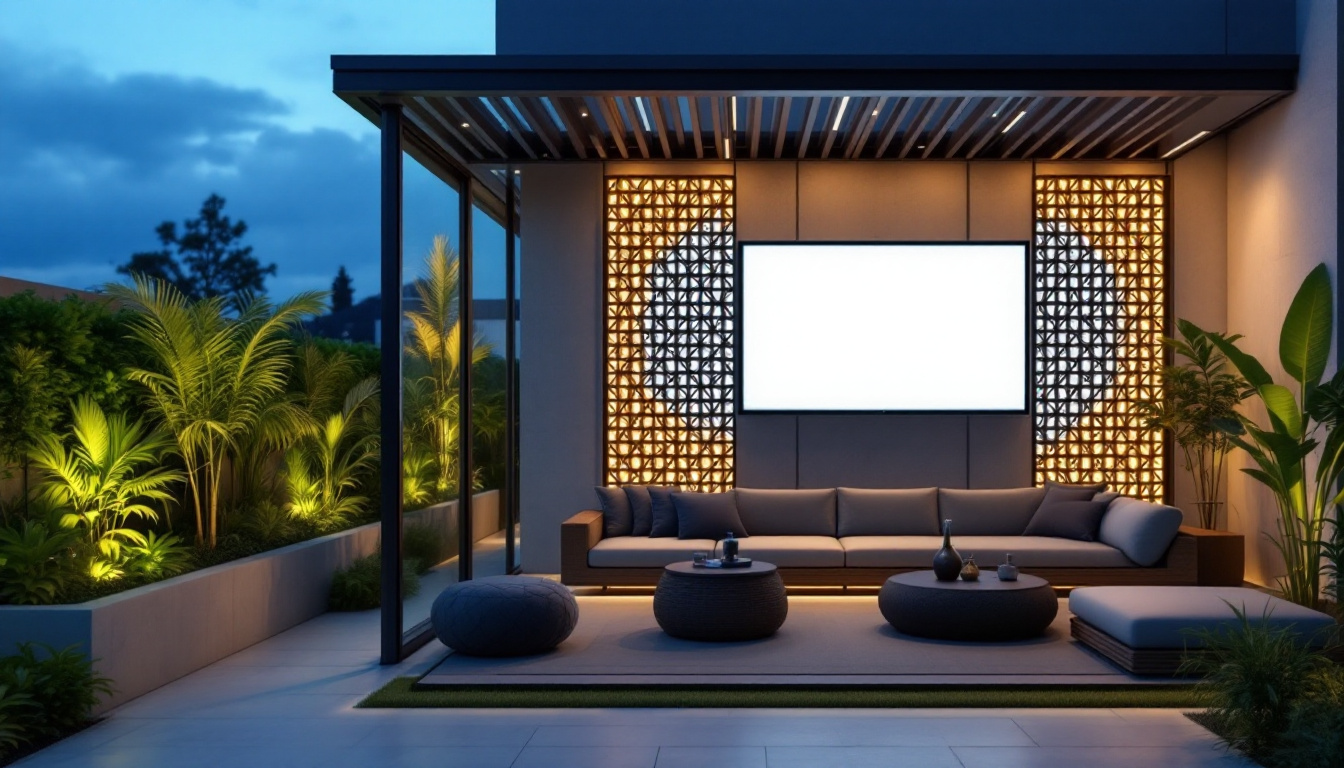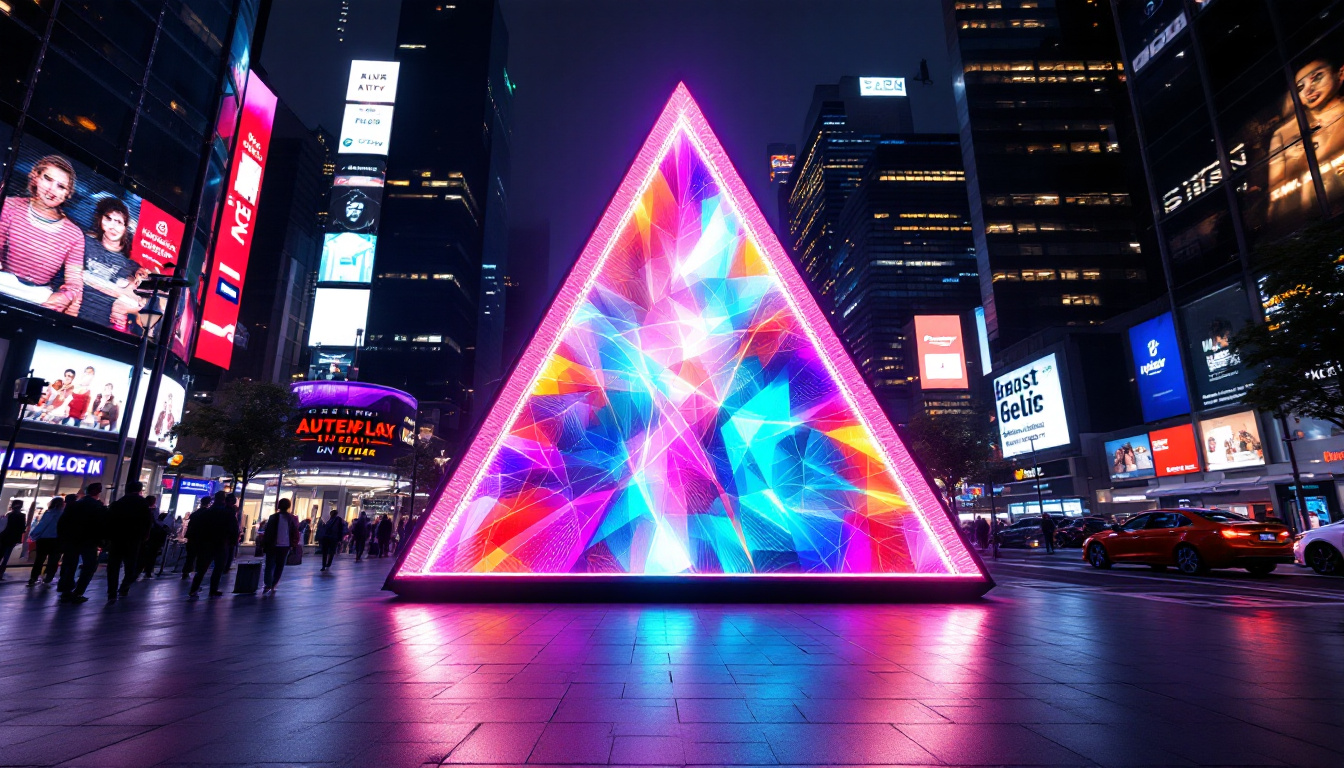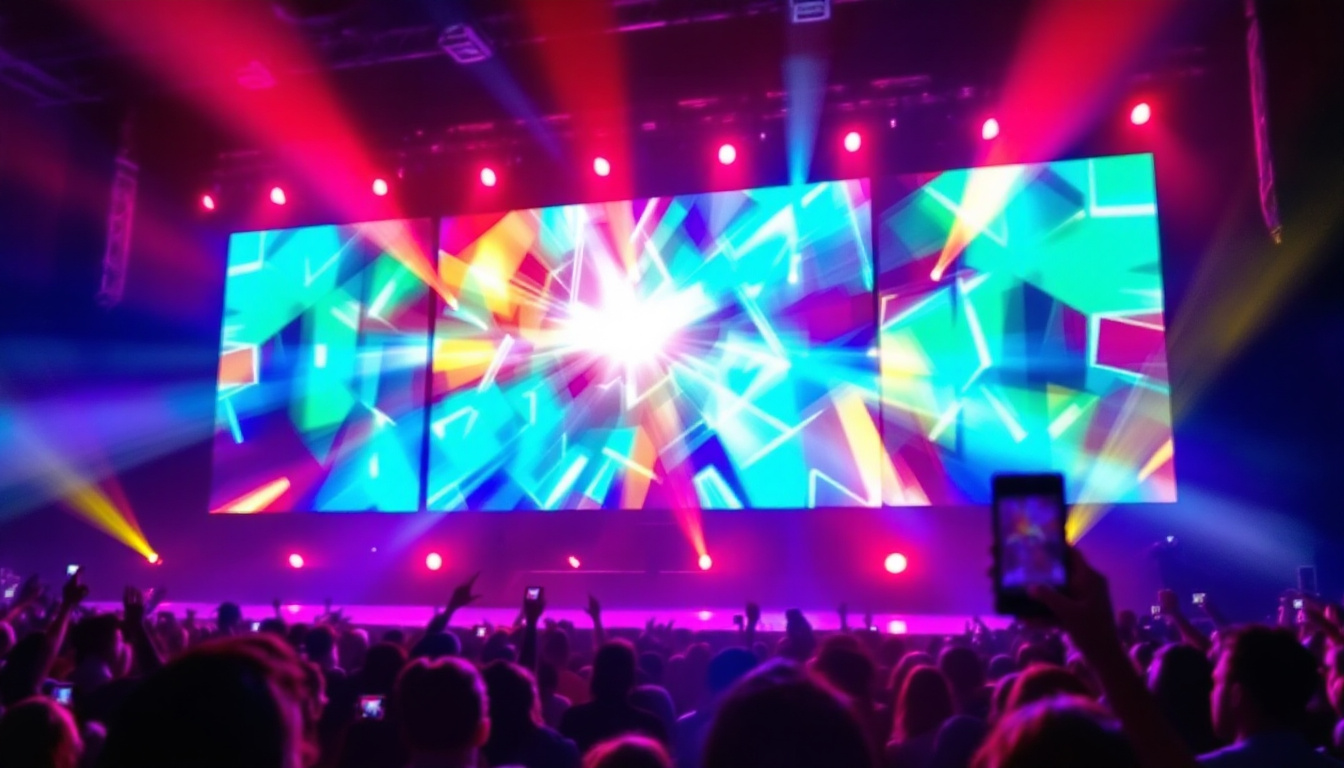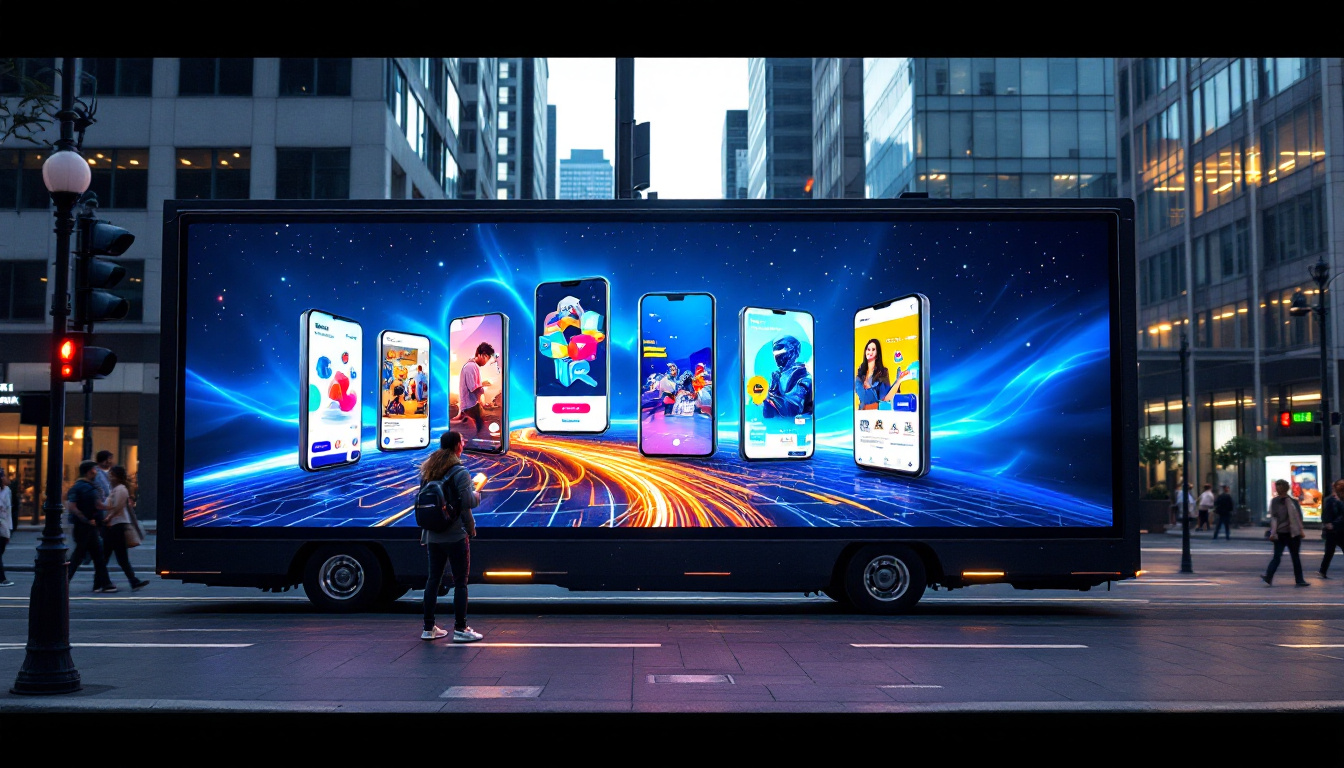In the world of visual displays, the Moire pattern screen has emerged as a fascinating subject of study and application. This phenomenon, often observed in various fields such as photography, textiles, and digital screens, can significantly impact the quality of LED displays. Understanding the Moire pattern and its implications is essential for designers, engineers, and consumers alike.
What is a Moire Pattern?
The Moire pattern is an optical illusion that occurs when two regular grids or patterns overlap. This interference creates a third pattern that is often unexpected and visually striking. The term “Moire” originates from the French word for “watered,” referring to the wavy, rippling effect that can resemble the surface of water.
How Moire Patterns Form
Moire patterns typically arise when two grids with similar but slightly different frequencies or angles are superimposed. For example, if a fine mesh screen is placed over another grid, the overlapping lines can produce a new pattern that may appear to move or change when viewed from different angles. This phenomenon is not limited to visual displays; it can also be observed in textiles and printed materials. The interaction of the patterns can create a sense of depth and dimensionality, making the Moire effect a fascinating subject of study in both art and science. Researchers have delved into the mathematical principles behind these patterns, exploring how variations in angle and spacing can lead to an infinite variety of visual effects.
Applications of Moire Patterns
Moire patterns have various applications across different industries. In textiles, designers often use these patterns to create unique fabric textures. In photography, they can add depth and interest to images, but they can also be problematic if they interfere with the clarity of the subject. Understanding how to control or utilize Moire patterns is crucial for professionals in these fields. Moreover, in the realm of digital design, Moire patterns can be both a tool and a challenge; graphic designers may intentionally incorporate them to achieve a specific aesthetic, while photographers and videographers must be vigilant to avoid unwanted Moire effects that can distract from the main subject. Beyond the arts, Moire patterns also find applications in engineering, particularly in the field of metrology, where they are used to measure small distances and displacements with high precision, showcasing the versatility and importance of this intriguing optical phenomenon.
The Role of Moire Patterns in LED Displays
LED displays have become ubiquitous in modern technology, from smartphones to large-scale billboards. However, the presence of Moire patterns can affect the visual quality of these displays. When the pixel grid of an LED screen interacts with the grid of an image or video, unwanted Moire patterns can emerge, leading to a distracting viewing experience.
Understanding LED Display Technology
LED (Light Emitting Diode) technology has revolutionized the way images and videos are displayed. Each pixel on an LED screen is made up of tiny diodes that emit light in various colors. The arrangement and density of these pixels play a crucial role in determining the display’s resolution and overall image quality. When the pixel arrangement aligns with certain patterns in the content being displayed, Moire patterns can occur. This phenomenon is not limited to LED technology; it can also be observed in other display types, such as LCDs and projectors, where the interaction between pixel grids and the displayed content can lead to similar visual artifacts. Understanding the underlying mechanics of these displays is essential for designers and engineers aiming to mitigate the effects of Moire patterns.
Factors Contributing to Moire Patterns in LED Displays
Several factors contribute to the formation of Moire patterns in LED displays. The resolution of the display, the quality of the source material, and the viewing distance all play significant roles. For instance, lower resolution displays may be more prone to Moire effects due to the larger pixel size, which can create a more pronounced interaction with the patterns in the displayed content. Additionally, the angle at which the viewer observes the display can also influence the visibility of these patterns. A slight shift in perspective can alter the alignment of the pixel grid with the content, either exacerbating or diminishing the Moire effect. Furthermore, the type of content being displayed—such as fine lines, intricate textures, or repetitive patterns—can also increase the likelihood of Moire patterns appearing, making it crucial for content creators to be aware of these factors when designing visuals for LED displays.
Preventing Moire Patterns in LED Displays
While Moire patterns can be visually intriguing, they are often undesirable in professional settings. Fortunately, there are several strategies to minimize or eliminate these patterns in LED displays.
Adjusting Display Resolution
One of the most effective ways to reduce Moire patterns is to increase the resolution of the display. Higher resolution screens have more pixels per inch, which can help to create a smoother image and reduce the likelihood of interference with patterns in the content. This is particularly important for applications where image clarity is paramount, such as in medical imaging or high-end photography. In these fields, even the slightest distortion can lead to misinterpretation of critical information, making the choice of display resolution a key factor in ensuring accuracy and reliability.
Furthermore, the advancements in display technology, such as 4K and 8K resolutions, have made it increasingly feasible to achieve the high pixel density necessary to combat Moire patterns. As these technologies become more accessible, industries ranging from broadcasting to digital art are benefiting from the enhanced visual fidelity, allowing for a more immersive and detailed viewing experience. This evolution in display capabilities not only aids in reducing Moire patterns but also elevates the overall quality of visual content.
Using Anti-Aliasing Techniques
Anti-aliasing is a technique used in digital graphics to smooth out jagged edges and reduce the appearance of Moire patterns. By blending the colors of pixels at the edges of objects, anti-aliasing can create a more natural transition and help to minimize the visual impact of Moire effects. This technique is commonly used in graphic design and video production to enhance image quality. In addition to traditional anti-aliasing methods, newer approaches such as temporal anti-aliasing leverage frame data over time to produce even smoother results, particularly in dynamic scenes.
The implementation of anti-aliasing can vary based on the specific requirements of a project. For instance, in gaming and real-time rendering, developers often opt for techniques that balance performance and visual fidelity, ensuring that the gameplay remains fluid while still minimizing unwanted artifacts. As the demand for high-quality graphics continues to rise, the role of anti-aliasing in creating visually appealing content becomes increasingly significant.
Implementing Filtering Techniques
Another approach to mitigating Moire patterns is through the use of filtering techniques. These can include digital filters that adjust the frequency of the displayed content to avoid interference with the pixel grid. By carefully manipulating the image data before it is sent to the display, it is possible to reduce the occurrence of unwanted patterns significantly. Filters can be designed to target specific frequencies that are known to produce Moire effects, allowing for a more tailored solution to the problem.
Additionally, the integration of machine learning algorithms into filtering techniques is an emerging trend that shows promise in further enhancing image quality. These algorithms can analyze patterns in real-time and adaptively apply filters to minimize Moire effects based on the content being displayed. As technology progresses, the potential for intelligent filtering solutions could revolutionize how we approach image rendering in LED displays, providing a more seamless and visually appealing experience for viewers across various platforms.
Case Studies: Moire Patterns in Practice
Understanding the implications of Moire patterns in LED displays can be better illustrated through real-world case studies. These examples highlight both the challenges and solutions that professionals have encountered in various industries.
Case Study 1: Advertising Billboards
In the advertising industry, large LED billboards are often used to capture the attention of passersby. However, these displays can be particularly susceptible to Moire patterns, especially when displaying intricate graphics or text. One advertising company faced challenges with their digital billboards, where Moire patterns distorted their carefully designed advertisements.
To address this issue, the company collaborated with graphic designers to adjust the resolution of the images used in their campaigns. By ensuring that the images were optimized for the specific pixel density of the displays, they were able to significantly reduce the occurrence of Moire patterns, resulting in clearer and more visually appealing advertisements.
Case Study 2: Medical Imaging
In the field of medical imaging, clarity and precision are of utmost importance. Radiologists rely on high-resolution displays to analyze images accurately. However, Moire patterns can obscure critical details, leading to potential misinterpretations.
To combat this issue, a hospital implemented a new display system that utilized advanced anti-aliasing techniques. By incorporating these methods into their imaging software, they were able to enhance the quality of the images displayed on LED screens, reducing Moire effects and improving diagnostic accuracy.
The Future of Moire Patterns in LED Technology
As technology continues to evolve, the understanding and management of Moire patterns in LED displays will also advance. Innovations in display technology, image processing, and design techniques will play a crucial role in shaping the future of visual displays.
Emerging Technologies
New developments in display technology, such as microLED and OLED, offer exciting possibilities for reducing Moire patterns. These technologies provide higher pixel densities and improved color accuracy, which can help to minimize the interference that leads to Moire effects. As these technologies become more widespread, they may significantly alter the landscape of visual displays.
Continued Research and Development
Ongoing research into image processing algorithms and display calibration techniques will further enhance the ability to manage Moire patterns. By exploring new methods for optimizing image data and display settings, researchers and engineers can develop solutions that improve the overall viewing experience.
Conclusion
The Moire pattern screen phenomenon presents both challenges and opportunities in the realm of LED displays. Understanding the nature of Moire patterns and their impact on visual quality is essential for professionals across various industries. By employing strategies such as adjusting display resolution, utilizing anti-aliasing techniques, and implementing filtering methods, it is possible to mitigate the effects of Moire patterns effectively.
As technology continues to advance, the future of LED displays promises to bring even more innovative solutions to this age-old problem. With continued research and development, the visual clarity of displays will only improve, enhancing the experience for users and viewers alike.
Explore Cutting-Edge LED Display Solutions with LumenMatrix
As you consider the implications of Moire patterns on LED displays, remember that innovation is key to overcoming visual challenges. LumenMatrix, a leader in LED display technology, offers a wide array of solutions tailored to meet your needs. From Indoor and Outdoor LED Wall Displays to specialized options like Vehicle, Sports, and Floor LED Displays, LumenMatrix is committed to enhancing your brand’s visibility with captivating visual experiences. Embrace the future of visual communication and check out LumenMatrix LED Display Solutions today to empower your business with displays that deliver messages with unparalleled impact and clarity.


